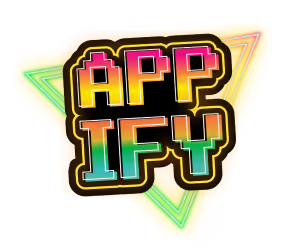The design landscape is undergoing a remarkable transformation, with AI tools reshaping how visual content is created across industries. At Appify, we've been closely monitoring these developments as they increasingly influence our app development processes in Australia.
Generative design tools like Midjourney, DALL-E 3, and Adobe Firefly are revolutionizing image creation, allowing designers to produce professional-quality visuals from simple text prompts. This capability is particularly valuable when creating custom graphics for apps where traditional design methods would require significant time investment.
The emergence of AI-powered logo and brand identity platforms such as Looka and Brandmark demonstrates how even specialized design work is becoming more accessible. These tools are democratizing design, enabling startups and small businesses to establish professional brand identities without extensive design budgets.
What's perhaps most intriguing is how web design and UI/UX development are being enhanced through tools like Wix ADI, Framer, Uizard, and Galileo AI. The ability to transform rough sketches or even text descriptions into functioning prototypes represents a fundamental shift in the development workflow. Our software teams have found that these tools accelerate the ideation-to-implementation cycle dramatically.
The video creation space hasn't been left untouched, with Runway and Synthesia enabling sophisticated video content that previously required specialized studios and equipment. Similarly, typography and color selection - often underappreciated aspects of design - are being refined through intelligent tools like Fontjoy, Brandmark Font Generator, Khroma, and Coolors.
These advancements offer profound benefits: drastically reduced design time, lower cost barriers, increased accessibility for non-designers, and new sources of creative inspiration. However, they also raise important questions about the evolving role of human designers and how we should integrate these tools into established development processes.
As we look toward future trends, we anticipate AI design tools becoming more specialized, contextually aware, and deeply integrated with development workflows. For app developers, this means reconsidering traditional boundaries between design and development, potentially leading to more fluid, collaborative approaches.
.png)
.png)
.png)
.avif)
.png)

.png)






